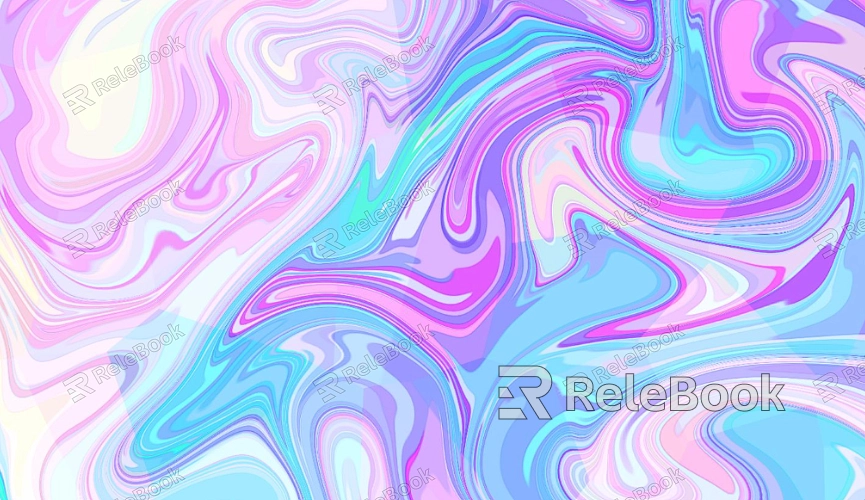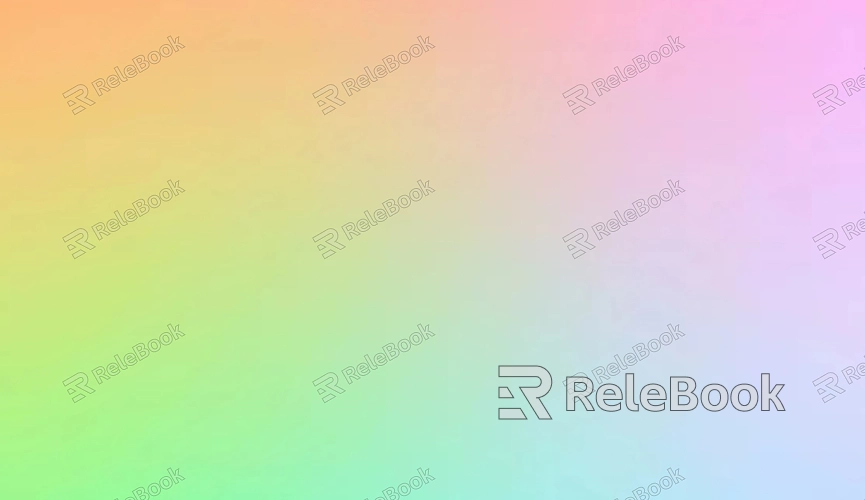How to Add Multiple Textures to a 3D Object
In game development, animation production, and architectural visualization, adding multiple textures to a 3D object is a crucial technique for enhancing visual realism and richness. By applying different textures to the same object, designers can achieve more complex material effects, increasing detail and realism. This article will explore how to add multiple textures in various 3D software applications, helping designers enhance their work's expressiveness.

Choose the Right 3D Software
Selecting the appropriate 3D software that fits your workflow is essential. Blender is a powerful open-source tool, while Maya and 3ds Max are industry standards. Each software has its unique interface and features, so understanding the basic operations of your chosen software is the foundation for successfully adding multiple textures.
Prepare Texture Resources
Gather the necessary texture resources and ensure they have the appropriate resolution and format for the target object. Common formats include JPEG, PNG, and TIFF. You can use online resource libraries or create your own textures, ensuring consistency and compatibility among the different textures.
Create Materials
Create a material for your object within the software. This is typically done in the material editor. In the material settings, you can create multiple channels for different textures, such as diffuse, specular, and normal maps.
Add Multiple Textures
In the material editor, assign different textures to their respective channels. For example, add a base color texture to the diffuse channel while applying a detail texture to the normal channel. Use layering and blending options to adjust the effects between the various textures, achieving the best visual results.
Adjust UV Mapping
Make sure the UV mapping for the object is set up correctly so that the textures can be properly applied to the object's surface. Most software includes UV editing tools that allow you to view and adjust the UV layout, ensuring that textures are not stretched or distorted.
Use Masks
For more precise control, you can use mask textures to determine which areas apply specific textures. By creating black-and-white mask images, you can control the distribution of different textures across the object's surface, enhancing the diversity of effects.

Test and Adjust
After applying multiple textures, conduct rendering tests to see the final effects. Ensure that the textures blend naturally under various lighting conditions. Based on the test results, tweak material parameters and texture settings to optimize visual quality.
Utilize Node Editing
In some advanced software, you can use a node editor to create more complex texture combinations. The node system allows designers to flexibly control how each texture is applied. By connecting different nodes, designers can achieve a higher level of customization, creating unique material effects.
Save and Backup Projects
After completing the texture application, be sure to save your project to avoid data loss. It’s also advisable to regularly back up your work to easily recover it if needed. When saving, consider exporting texture files for reuse in other projects.
By following these steps, designers can successfully add multiple textures to 3D objects, enhancing their works' expressiveness and detail. Mastering these techniques will enable users to create visually striking 3D creations.
If you are looking for high-quality 3D texture resources, SketchUp models, or 3ds Max models to create your designs and virtual scenes, Relebook offers a rich selection to help you achieve outstanding visual effects in your projects.

